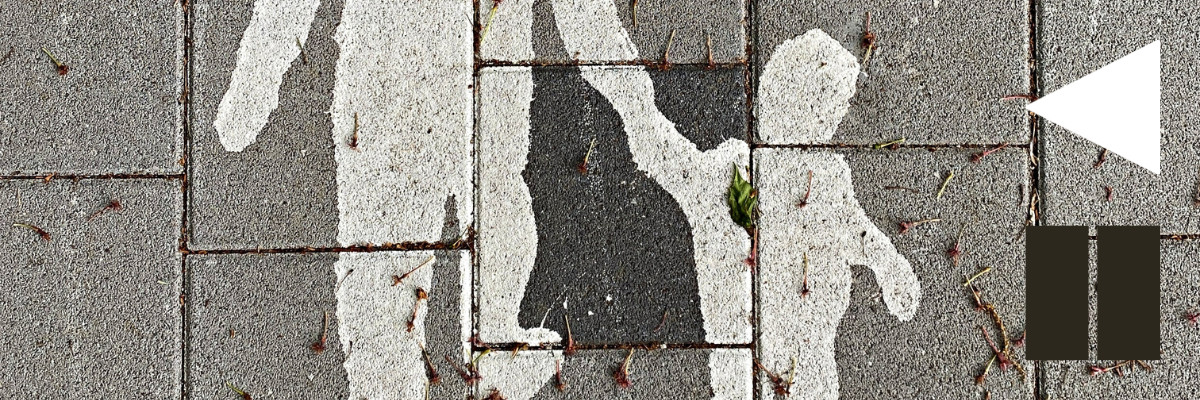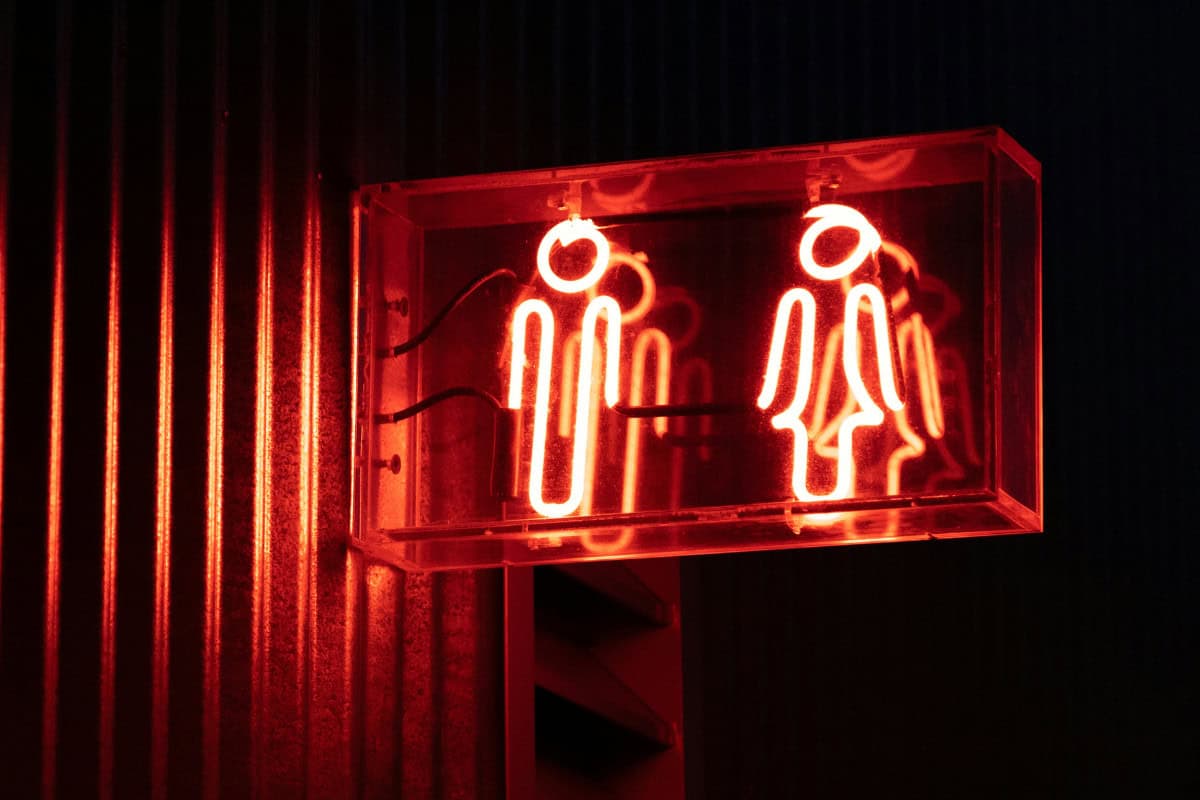
Child removal has a long and troubled history in Australia. All the colonies quickly found that they had to make some arrangements for the care of orphaned or abandoned children. But in the second half of the nineteenth century, legislation, influenced by the Evangelical child rescue movement, introduced a more interventionist approach. New laws empowered governments to remove children judged to be at risk of abuse or neglect. By training children in ‘habits of industry’, it was hoped that they would not replicate the perceived failings of their parents.
Indigenous people were particularly impacted by this change. In some jurisdictions, Aboriginality was one of the identified justifications for removal, but even where this was not the case, Indigenous parenting practices were judged to be inherently neglectful. For most of the twentieth century, Indigenous children, particularly those of mixed descent, were systematically removed from their communities to be ‘assimilated’ with the settler population.
At different points in the twentieth century, other groups were targeted. Parents of children with disabilities were pressured to relinquish them to specialist institutions where they could be kept separate from the general population. Single mothers, as a class, were judged to be unfit to rear their children, who were instead made available for adoption by respectable married couples.
All too often, child removal programs failed, exposing children to the abuse and neglect from which they had supposedly been rescued. Expanding opportunities in the post-war era were not shared by children in out-of-home care. Too many of these children were confined in inadequately staffed institutions, educated to a minimal level and expected to do much of the menial work on which the institution depended.
A series of inquiries, beginning with the National Inquiry into the Separation of Aboriginal and Torres Strait Islander Children from Their Families (1995-7) and culminating in the Royal Commission into Institutional Responses to Child Sexual Abuse (2013-17), exposed the failures of the system and led to official apologies and redress schemes.
The practices which the inquiries condemned were firmly located in the past. Large institutions had been progressively dismantled from the 1970s, and changes in community mores brought widescale adoption to an end. The organisations that had provided these services were funded instead to provide family support programs designed to prevent children from coming into ‘care’ and to provide kinship or foster care for those for whom these programs failed. The development of the Aboriginal and Torres Strait Islander Child Placement Principle gave Indigenous organisations greater involvement in decisions regarding their own children.
These initiatives did decrease the rate of child removal, but they did little to change the broader social context in which neglect and abuse occur. Despite a discursive shift from child welfare to child protection, the focus continued to be on the failing of the parents rather than the broader issues of social inequality, domestic violence, homelessness, addiction and mental illness, which make it increasingly difficult to maintain children within their families of origin.
And once these children find their way into the ‘care’ system, often at an older age than they would have in the past, too many move through multiple foster care placements before ending up in residential units from which they are discharged at eighteen. Under-educated and ill-equipped to fend for themselves, they too often face homelessness and prison.
The greater impact of social inequality, the multi-generational impact of mass child removal in the past, and a lingering cultural insensitivity in the child protection system mean that Indigenous children are removed at eleven times the rate of their non-Indigenous peers. Their prevalence in the system strains the capacity of Aboriginal child care organisations to find community placements for their children and to provide cultural support for those placed in non-Indigenous settings.
In many states, politicians concerned about the strains within the foster care system have been attracted to the notion of permanency. This idea limits the period in which parents can work towards regaining custody of their children before they are made available for adoption. Opponents of such policies argue that they threaten a return to a past in which social workers are pressured to make quick judgments as to parenting potential in order to provide children for adoptive parents. And this process diverts resources from programs designed to support them within their families of origin.1
Child removal has left a terrible legacy in Australia. However, until the focus of government policy becomes reducing social inequality rather than the impact on its victims, the debate will continue as to how best to provide for children who find themselves at risk of abuse and neglect.
References
1 Penny Mackieson, Aron Shlonsky & Marie Connolly. 2019. “Permanent Care Orders in Victoria: A Thematic Analysis of Implementation Issues.” Australian Social Work 72 (4): 419-433. DOI: 10.1080/0312407X.2018.1539112



